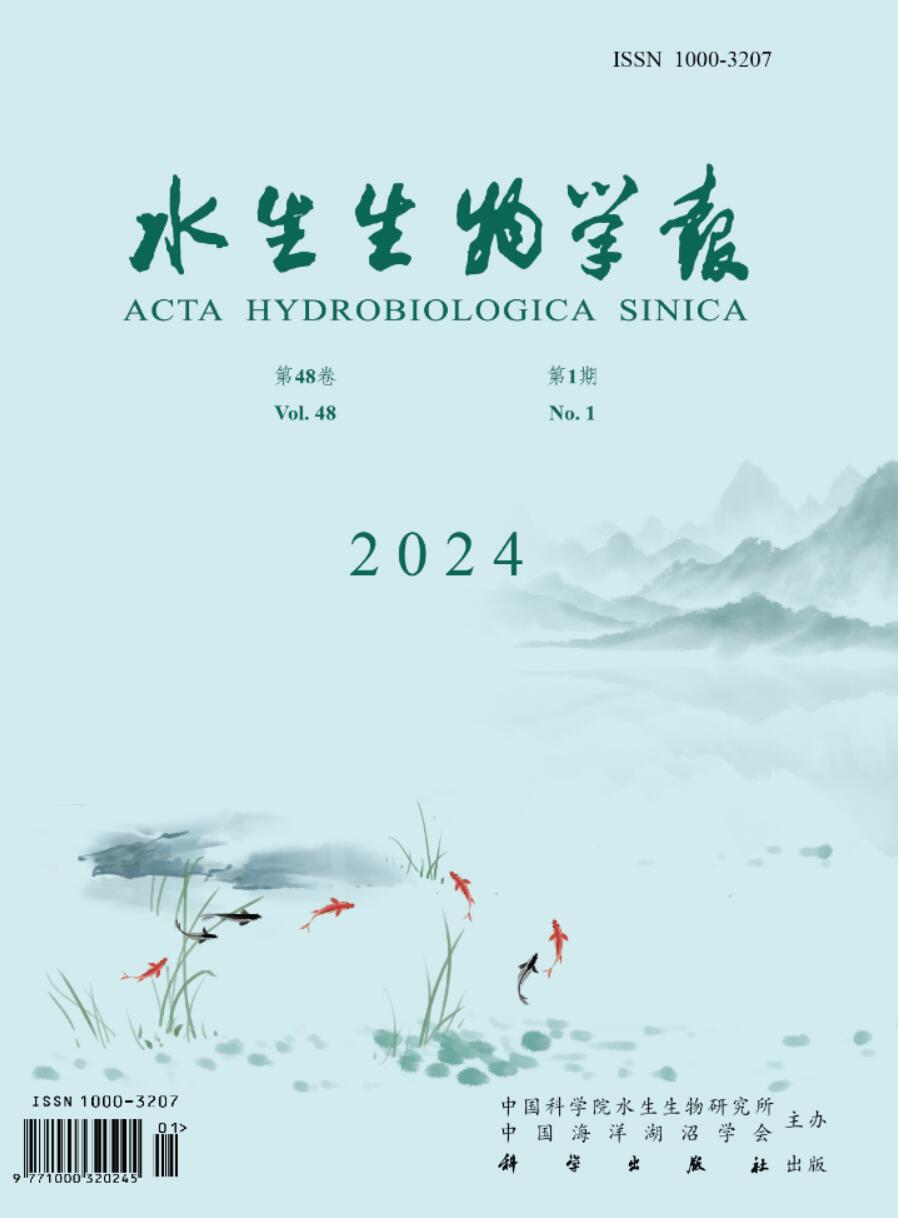RIPARIAN PLANTS IN THE MAINSTREAM OF THE YELLOW RIVER:ASSEMBLAGE CHARACTERISTICS AND ITS INFLUENCING FACTORS
引用次数: 2
Abstract
Riparian vegetation,as a key component of riparian ecosystem,offers suitable habitat and migrating or dif-fusing corridor for animals and plants,and has an important function in buffering and filtrating non-point pollution.The Yellow River is an important wetland in China,and also an essential zone supporting biodiversity.However,the devel-opment of riparian vegetation along the Yellow River is threatened by flow regime alteration caused by the overexploi-tation of water resources such as agricultural irrigation and hydraulic engineering construction.Embankment along the lower river is also destroying the habitats of the riparian vegetation.However,previous researches on the riparian vege-tation along the Yellow River focused on only some specific area.To ensure a deep understanding of the present status of the riparian vegetation and provide support for the protection of riparian vegetation diversity and the riparian man-agement of the Yellow River,two systematic surveys were carried out in April to June and September to October,2008,respectively.The species composition and species diversity of riparian plant communities were analyzed.Classifications of the vegetation by two way indicator species analysis(TWINSPAN) were also carried out.Altogether 169 species belonging to 37 families and 124 genera were recorded.Floristic analysis showed that the flora had diverse geographical origins.With regard to the spatial distribution,the herbaceous plants in the middle river sections were more abundant than those in the upper and lower river sections both in biomass and density.TWINSPAN classification divided the vegetation into 17 communities.The characteristics of the communities were described.The correlative analyses indi-cated that altitude,annual mean temperature,annual mean rainfall,annual mean runoff,mean maximum velocity were the main factors influencing the structure and distribution of the assemblages.黄河干流河岸植物:群落特征及其影响因素
河岸植被作为河岸生态系统的重要组成部分,为动植物提供了适宜的栖息地和迁移或扩散通道,具有缓冲和过滤非点源污染的重要功能。黄河是中国重要的湿地,也是支持生物多样性的重要地带。然而,由于农业灌溉和水利工程建设等水资源过度开发导致的流态改变,黄河沿岸植被的发展受到威胁。下游河堤也在破坏河岸植被的栖息地。然而,以往对黄河河岸植被的研究主要集中在特定区域。为深入了解黄河河岸植被现状,为黄河河岸植被多样性保护和河岸管理提供依据,于2008年4 - 6月和9 - 10月进行了两次系统调查。分析了滨水植物群落的物种组成和物种多样性。利用双向指示种分析法(TWINSPAN)对植被进行了分类。共记录到37科124属169种。植物区系分析表明,该植物区系具有不同的地理来源。从空间分布上看,中游草本植物的生物量和密度均高于上、下游草本植物。TWINSPAN分类将植被分为17个群落。描述了群落的特征。相关分析表明,海拔高度、年平均气温、年平均降雨量、年平均径流量、年平均最大流速是影响群落结构和分布的主要因素。
本文章由计算机程序翻译,如有差异,请以英文原文为准。
求助全文
约1分钟内获得全文
求助全文

 求助内容:
求助内容: 应助结果提醒方式:
应助结果提醒方式:


